Staatliche Sammlung Ägyptischer Kunst
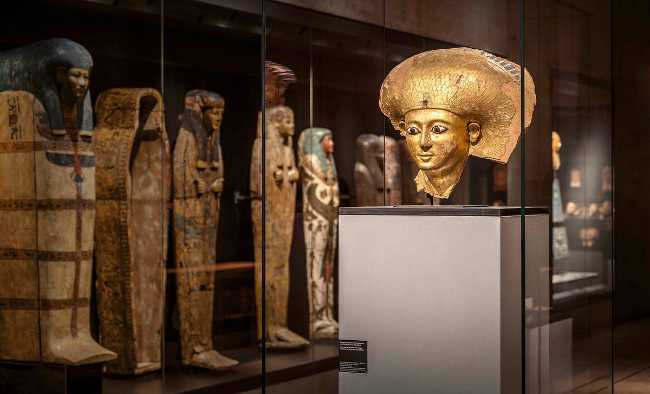
The Staatliche Sammlung Ägyptischer Kunst in Munich is the only museum outside Egypt devoted exclusively to ancient Egyptian art and culture. Located in the city’s Kunstareal, its striking subterranean architecture by Peter Böhm evokes the atmosphere of temples and royal tombs while flooding the nave‑like halls with light from a sunken atrium. The collection spans over 5,000 years, from the Predynastic period to the Coptic era, with masterpieces such as statues of Ramses II and Akhenaten, the sphinx of Sesostris III, the sarcophagus lid of Queen Sitdjehuti, and the world’s oldest known glass vessel from the reign of Thutmose III. Thematic displays explore pharaonic power, religion, burial customs, and Egypt’s legacy in later cultures, complemented by interactive media and tactile casts for inclusive access. Originating from the art patronage of Bavarian rulers in the 16th century, the museum today combines scholarly depth with engaging interpretation, offering a vivid encounter with one of the world’s most fascinating ancient civilizations.
Munich GermanyThe Staatliche Sammlung Ägyptischer Kunst, Munich’s State Collection of Egyptian Art, is located within the Kunstareal district on Gabelsbergerstraße 35. It is housed in a modern, purpose-built facility near other major cultural institutions, offering an extensive collection of Egyptian artifacts spanning over 6,000 years of history. The museum's architecture includes a striking concrete foyer and exhibition spaces designed to complement the ancient objects on display. Nearby, visitors can explore other world-class museums such as the Alte Pinakothek, Museum Brandhorst, and the Lenbachhaus, as well as Königsplatz, known for its grand neoclassical architecture. The area is rich in cultural heritage, with excellent public transport links, cafes, and shops, making it a vibrant part of Munich's museum quarter.
 Deutsches Museum
Munich
Deutsches Museum
Munich
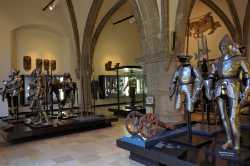 Bayerisches Nationalmuseum
Munich
Bayerisches Nationalmuseum
Munich
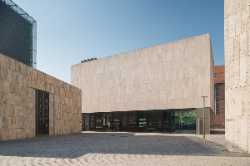 Jüdisches Museum München
Munich
Jüdisches Museum München
Munich
 BMW Museum
Munich
BMW Museum
Munich
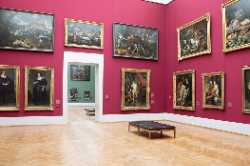 Alte Pinakothek
Munich
Alte Pinakothek
Munich
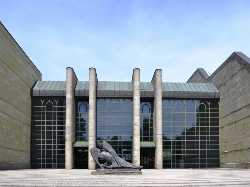 Neue Pinakothek
Munich
Neue Pinakothek
Munich
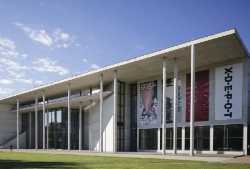 Pinakothek der Moderne
Munich
Pinakothek der Moderne
Munich
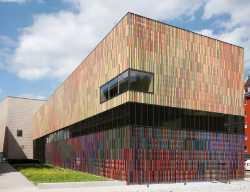 Museum Brandhorst
Munich
Museum Brandhorst
Munich
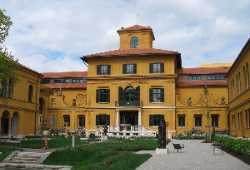 Lenbachhaus
Munich
Lenbachhaus
Munich
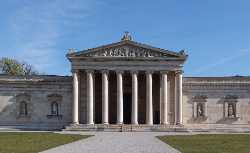 Glyptothek
Munich
Glyptothek
Munich
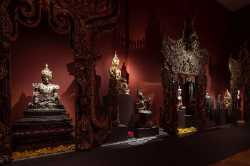 Museum Fünf Kontinente
Munich
Museum Fünf Kontinente
Munich
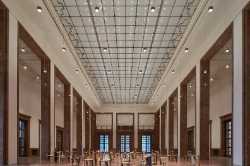 Haus der Kunst
Munich
Haus der Kunst
Munich
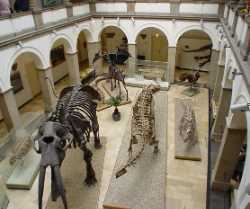 Paläontologisches Museum München
Munich
Paläontologisches Museum München
Munich
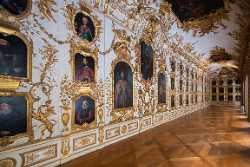 Residenzmuseum
Munich
Residenzmuseum
Munich
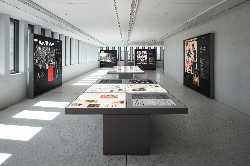 NS-Dokumentationszentrum München
Munich
NS-Dokumentationszentrum München
Munich
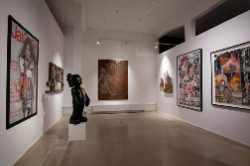 MUCA – Museum of Urban and Contemporary Art
Munich
MUCA – Museum of Urban and Contemporary Art
Munich
 Deutsches Museum Verkehrszentrum
Munich
Deutsches Museum Verkehrszentrum
Munich
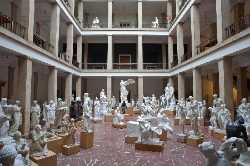 Museum der Gipsabgüsse klassischer Bildwerke
Munich
Museum der Gipsabgüsse klassischer Bildwerke
Munich
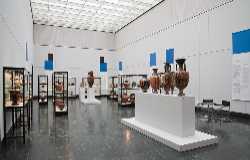 Staatliche Antikensammlungen
Munich
Staatliche Antikensammlungen
Munich
 Marstallmuseum
Munich
Marstallmuseum
Munich
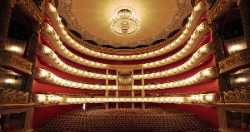 Munich National Theatre
Munich
Munich National Theatre
Munich
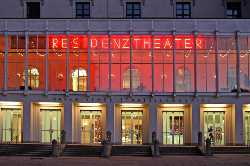 Bayerisches Staatsschauspiel
Munich
Bayerisches Staatsschauspiel
Munich
 Staatstheater am Gärtnerplatz
Munich
Staatstheater am Gärtnerplatz
Munich
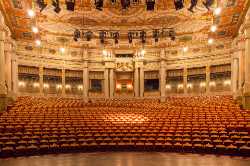 Prinzregententheater
Munich
Prinzregententheater
Munich
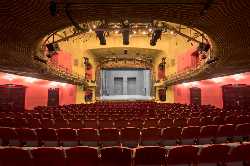 Münchner Kammerspiele
Munich
Münchner Kammerspiele
Munich
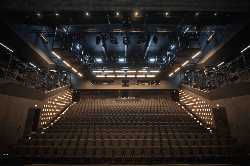 Münchner Volkstheater
Munich
Münchner Volkstheater
Munich
 Deutsches Theater
Munich
Deutsches Theater
Munich
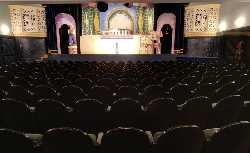 Münchner Theater für Kinder
Munich
Münchner Theater für Kinder
Munich
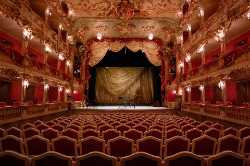 Cuvilliés Theatre
Munich
Cuvilliés Theatre
Munich
 Akademietheater
Munich
Akademietheater
Munich
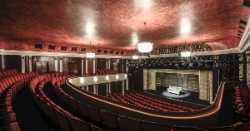 Komödie im Bayerischen Hof
Munich
Komödie im Bayerischen Hof
Munich
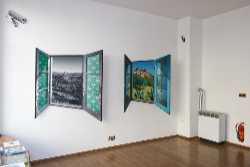 Galerie Michael Heufelder
Munich
Galerie Michael Heufelder
Munich
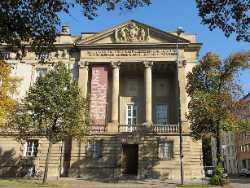 Schack-Galerie
Munich
Schack-Galerie
Munich
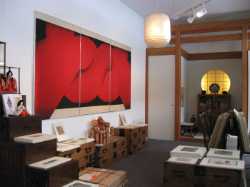 Galerie am Haus der Kunst
Munich
Galerie am Haus der Kunst
Munich
 Gudrun Spielvogel Galerie & Edition
Munich
Gudrun Spielvogel Galerie & Edition
Munich
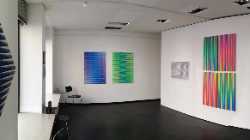 Galerie Rottmann Fünf
Munich
Galerie Rottmann Fünf
Munich
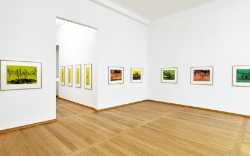 Galerie Sabine Knust
Munich
Galerie Sabine Knust
Munich
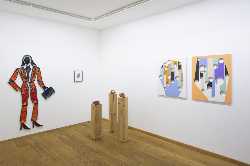 JO VAN DE LOO
Munich
JO VAN DE LOO
Munich
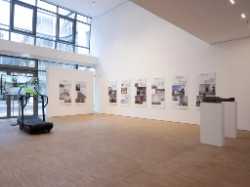 Kunstraum München
Munich
Kunstraum München
Munich
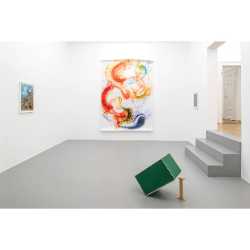 Galerie Christine Mayer
Munich
Galerie Christine Mayer
Munich
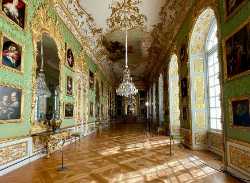 Munich Residence
Munich
Munich Residence
Munich
 Alter Hof
Munich
Alter Hof
Munich
 Nymphenburg Palace
Munich
Nymphenburg Palace
Munich
 Schloss Blutenburg
Munich
Schloss Blutenburg
Munich
 Marienplatz
Munich
Marienplatz
Munich
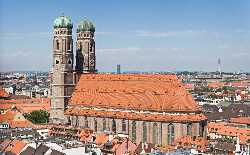 Frauenkirche
Munich
Frauenkirche
Munich
 Englischer Garten
Munich
Englischer Garten
Munich
 Chinesischer Turm
Munich
Chinesischer Turm
Munich
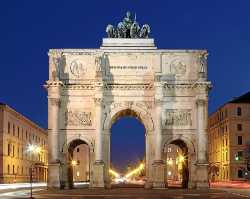 Siegestor
Munich
Siegestor
Munich
 BMW Welt
Munich
BMW Welt
Munich
 Olympiapark
Munich
Olympiapark
Munich
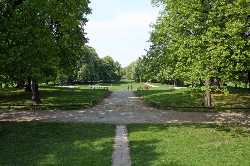 Luitpoldpark
Munich
Luitpoldpark
Munich
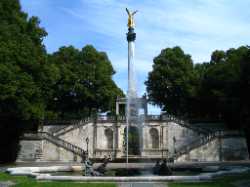 Angel of Peace
Munich
Angel of Peace
Munich
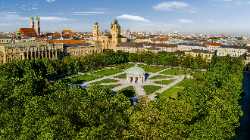 Hofgarten
Munich
Hofgarten
Munich
 Ostpark
Munich
Ostpark
Munich
 Maximiliansanlagen
Munich
Maximiliansanlagen
Munich
 Botanical Garden Munich-Nymphenburg
Munich
Botanical Garden Munich-Nymphenburg
Munich
 Petuelpark
Munich
Petuelpark
Munich
 Riemer Park
Munich
Riemer Park
Munich
 Südpark
Munich
Südpark
Munich
 Bavariapark
Munich
Bavariapark
Munich
 Bavaria Statue
Munich
Bavaria Statue
Munich
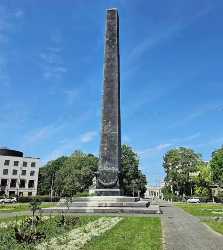 Obelisk on Karolinenplatz
Munich
Obelisk on Karolinenplatz
Munich
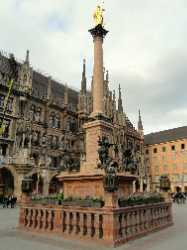 Mariensäule
Munich
Mariensäule
Munich
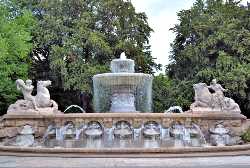 Wittelsbacher Fountain
Munich
Wittelsbacher Fountain
Munich
 Viktualienmarkt
Munich
Viktualienmarkt
Munich
 Elisabethmarkt
Munich
Elisabethmarkt
Munich
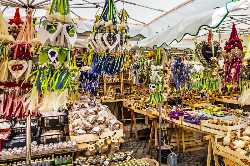 Bauernmarkt am Josephsplatz
Munich
Bauernmarkt am Josephsplatz
Munich
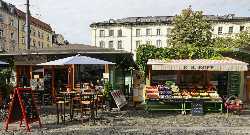 Wiener Markt
Munich
Wiener Markt
Munich
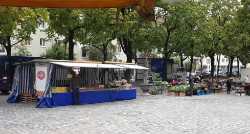 Bauernmarkt am Mariahilfplatz
Munich
Bauernmarkt am Mariahilfplatz
Munich
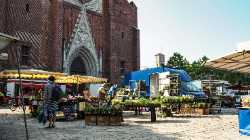 Wochenmarkt Au
Munich
Wochenmarkt Au
Munich
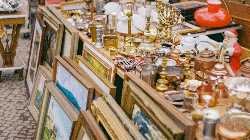 Schwabinger Hofflohmärkte
Munich
Schwabinger Hofflohmärkte
Munich
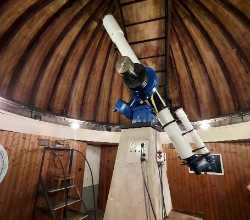 Bayerische Volkssternwarte München
Munich
Bayerische Volkssternwarte München
Munich
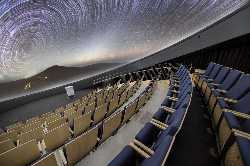 ESO Supernova Planetarium
Munich
ESO Supernova Planetarium
Munich